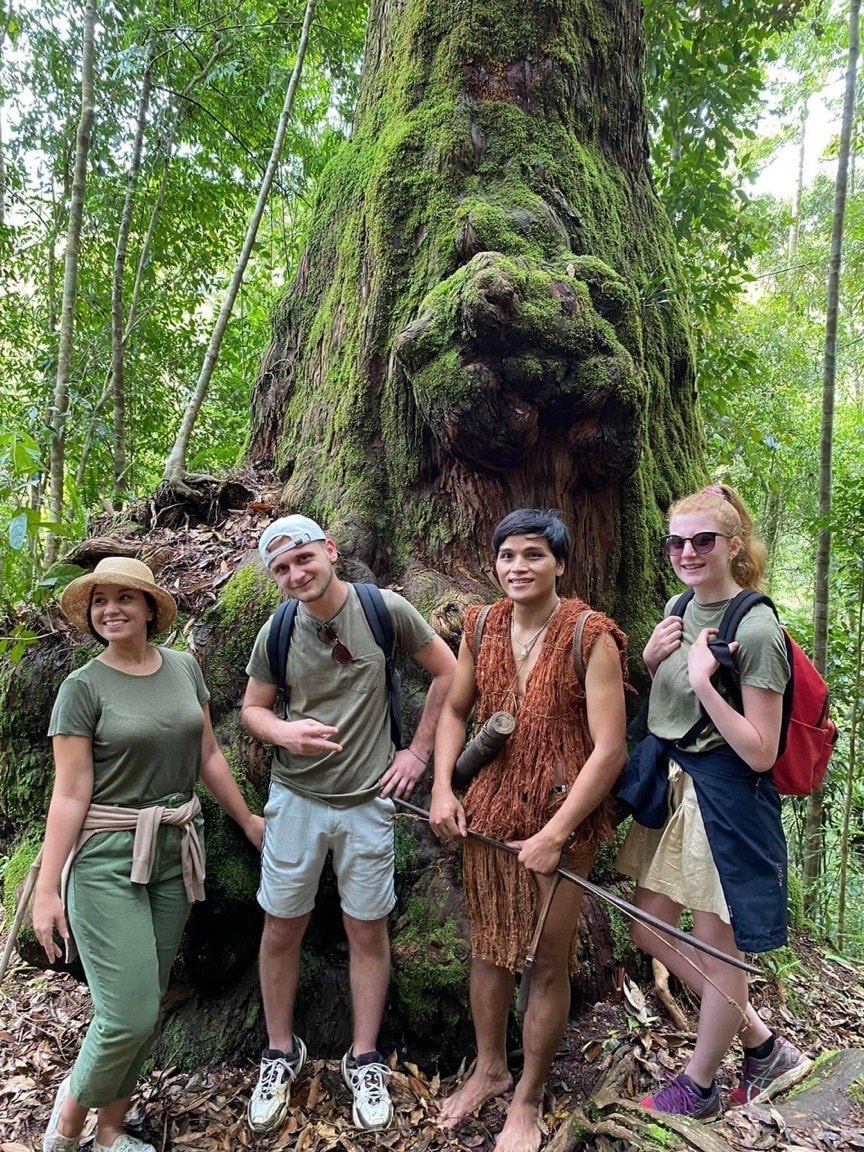
In the past, when cotton trees did not exist and weaving techniques were not known, the Co Tu people had to go deep into the forest to find bark from trees such as ta-duih, a-mot, ta-rong... (trees with a lot of latex and thick bark) to make clothes and jewelry for themselves, their families and to give to relatives.
In addition to being good at hunting, building houses, carving wood, farming, etc., Co Tu men must also be good at making musical instruments, performing musical instruments, and speaking and singing folk songs. In particular, they must be good at making costumes and jewelry from forest trees to give to their loved ones.
Usually, the Co Tu people choose the bark of the a-muot, ta-duih, ta-rong, po-pleem trees..., which are woody plants that grow abundantly in the Truong Son mountains and forests, to make loincloths and skirts; and for shirts and hats, they choose the zilang tree, which has a long stem, about 5cm in diameter, and grows in clumps. This type of tree has a fragrant smell and is a medicinal herb that can be thinly sliced to make a tea that is good for your health.
To find a suitable tree species that can be used to make clothes is not easy, one must cross high mountains, cross streams, and climb passes for one to two days; but to make shirts, skirts, loincloths, and blankets from forest trees is even more difficult. After the bark of the po-pleem, a-muot, and the trunk of the zilang tree are woven into large, long sheets, they must be brought to a stream or river and soaked for three to four days to release all the resin, then dried for one to two days.
Once dried, the bark is cut into shirts, loincloths, skirts and hats according to the wearer’s size. To join the bark pieces together, the Co Tu people use hemp or bhơ-nương (a very flexible and strong tree) as sewing thread. If they have a large bark piece, they just need to make a hole to make a collar, then add strings to the edge of the shirt so that when worn, they can tie them together instead of buttons.
Although he has gone through more than 80 farming seasons, old man Bhling Hanh (in Cong Don village, Nam Giang commune) is still sharp-minded and his hands are still skillful. He is not only good at making and performing Co Tu musical instruments, but also goes to the forest to look for plants that can be used to make costumes.
When asked about the value of bark clothes, the old man smiled and said: “In the past, bark clothes made by our ancestors could be exchanged for a pig worth 3 to 5 spans. Now, I do it mainly to preserve the identity and traditions of my ancestors and to teach the younger generation not to lose the beautiful cultural identity of the nation.”
Costumes in general, including ancient costumes made from forest trees and traditional brocade, for the Co Tu people are not simply to cover and protect the body, but also contain many cultural values, reflecting the formation and development process of the entire ethnic group. The ancient costumes made from tree bark of the Co Tu people remaining in the mountains also reflect the spirit of solidarity and love between people, between people and the mountains, forests, nature, trees, and clear green streams...
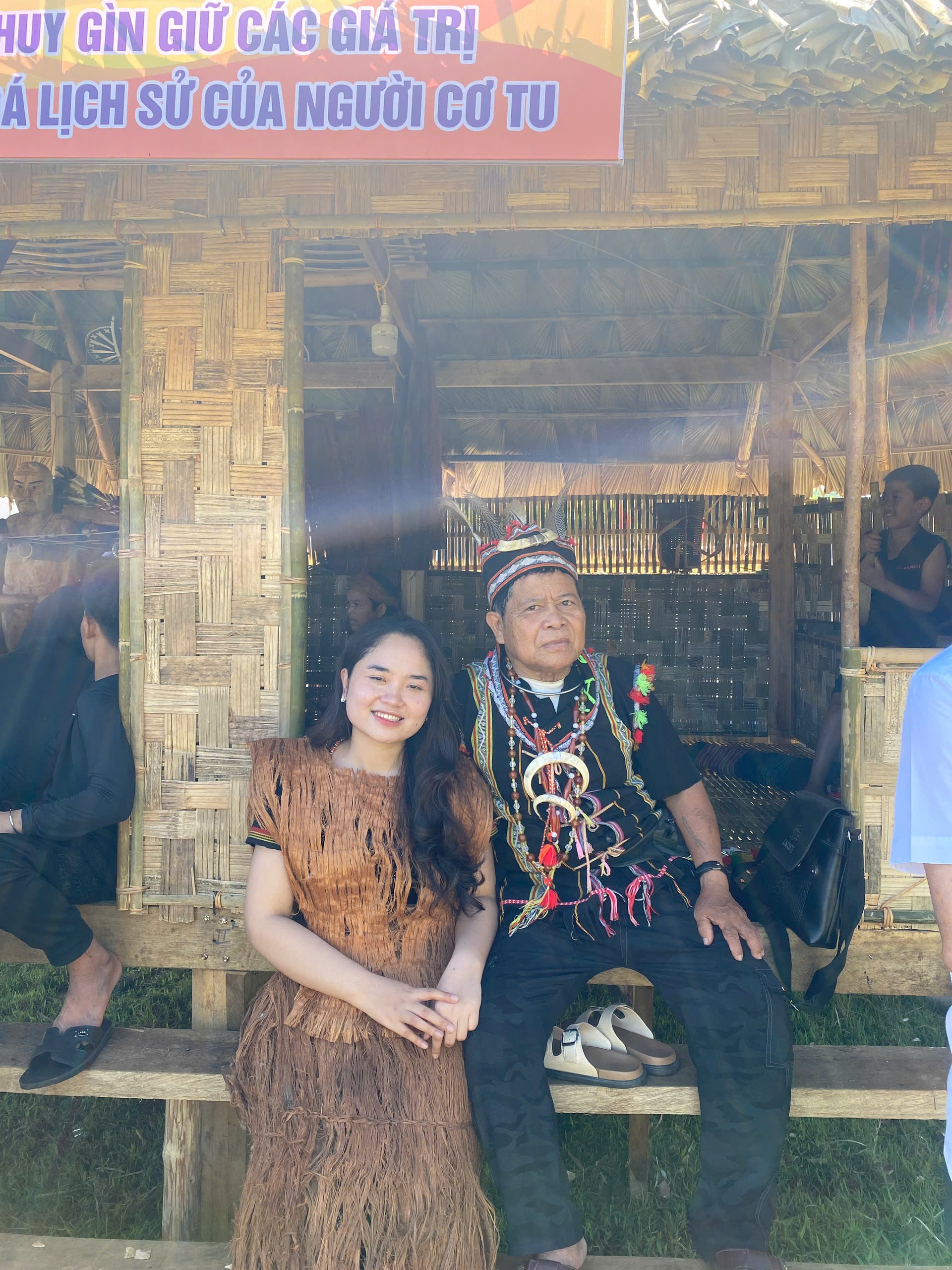
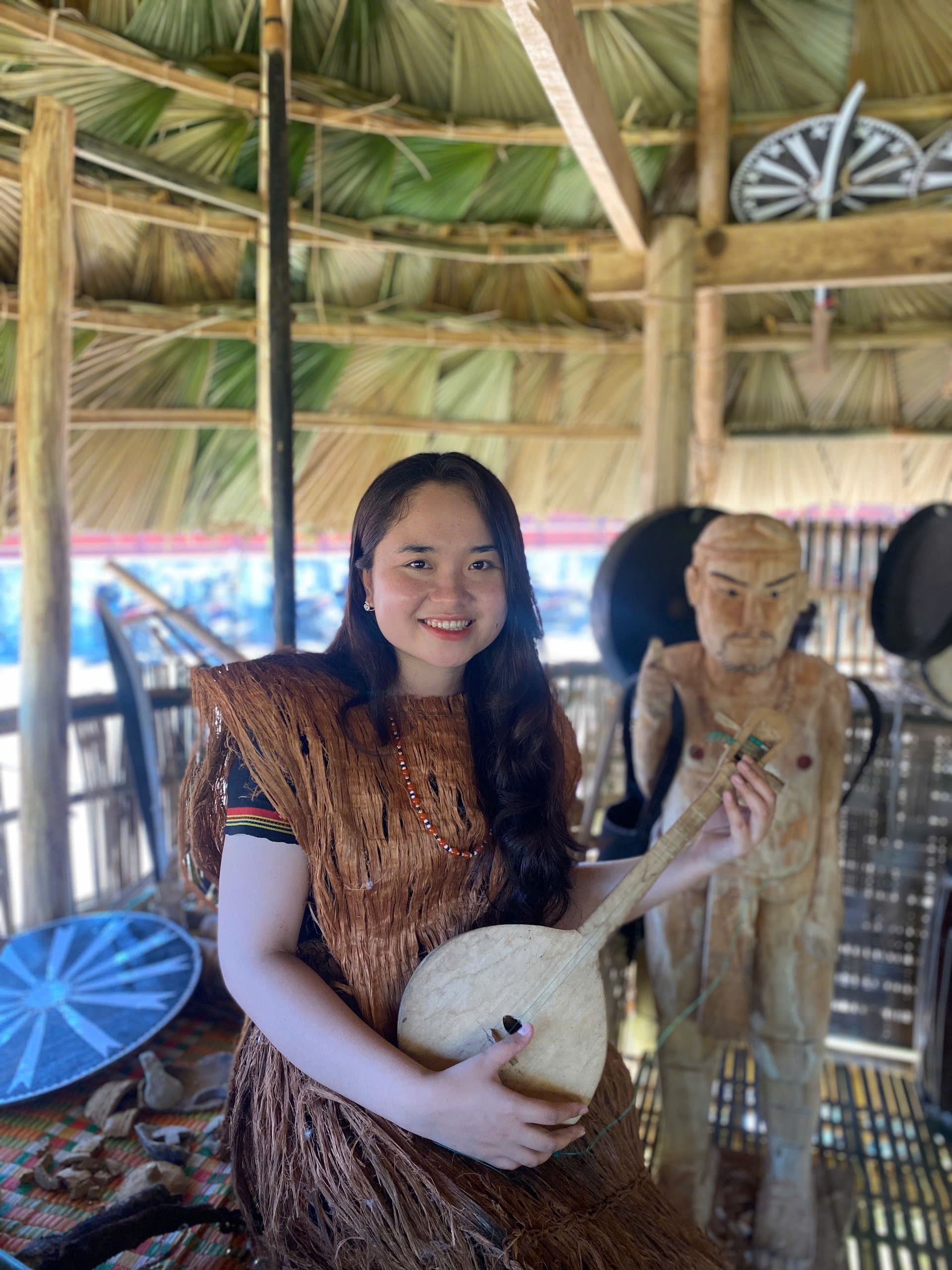
Source: https://baodanang.vn/doc-dao-trang-phuc-tu-vo-cay-rung-3264990.html







![[Photo] People eagerly lined up to receive special publications of Nhan Dan Newspaper](https://vphoto.vietnam.vn/thumb/1200x675/vietnam/resource/IMAGE/2025/8/30/53437c4c70834dacab351b96e943ec5c)





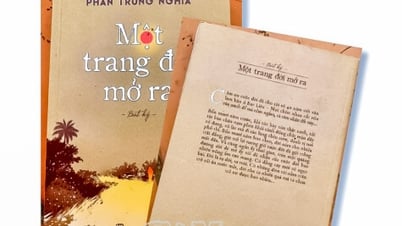



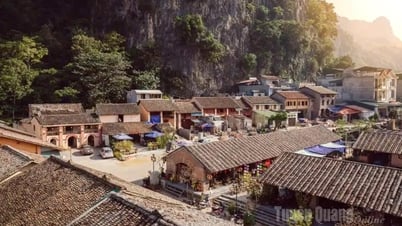

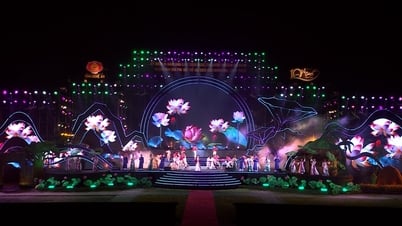

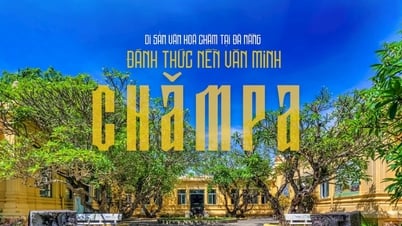
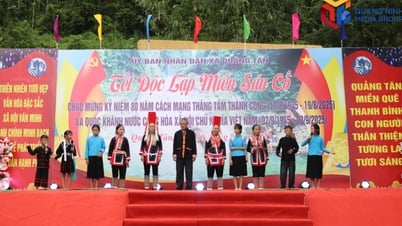

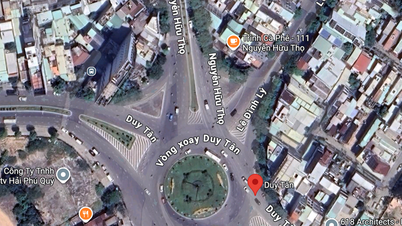
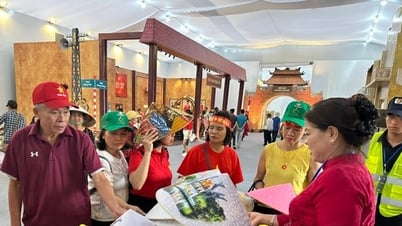






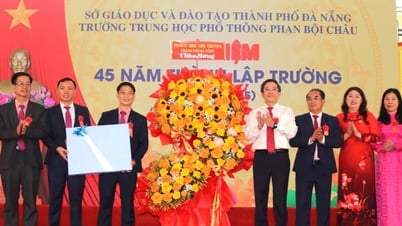

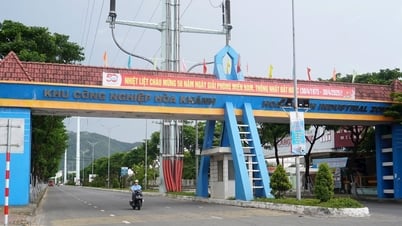
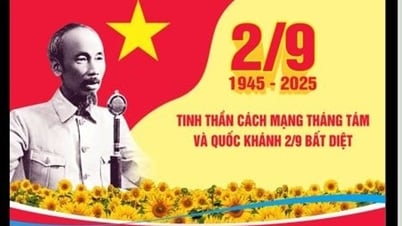

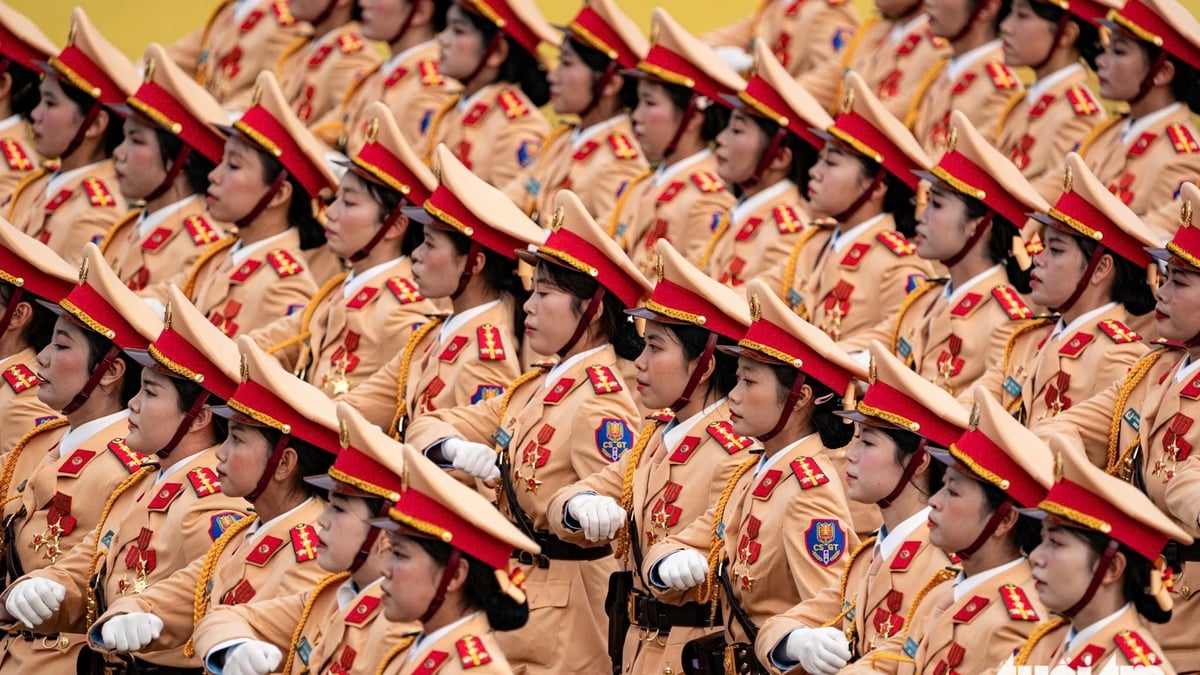
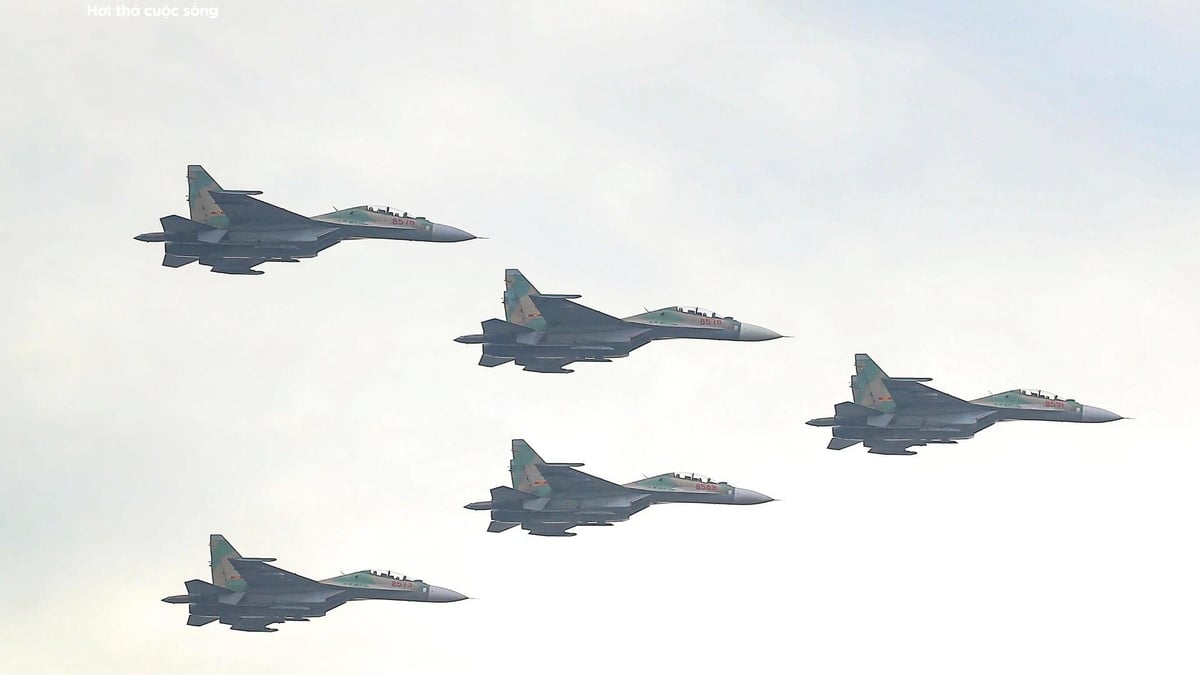
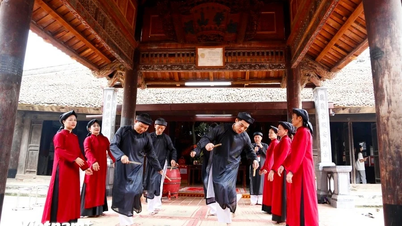

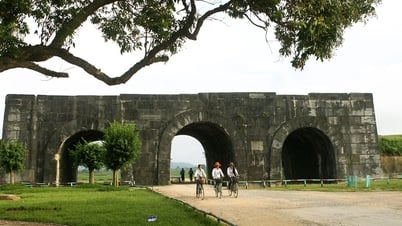

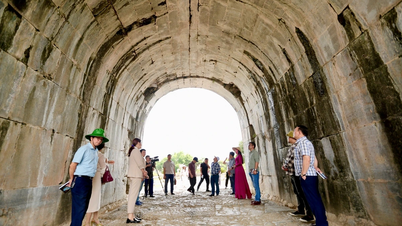

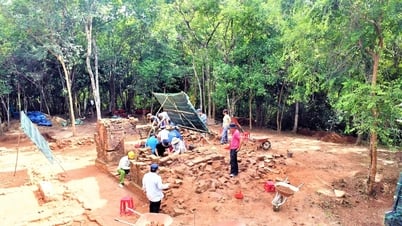

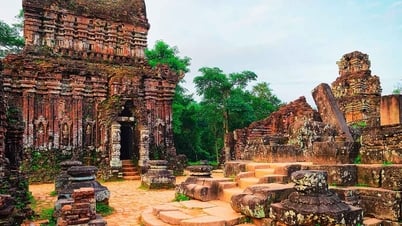

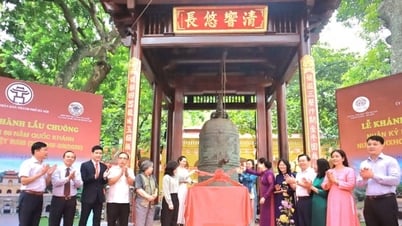
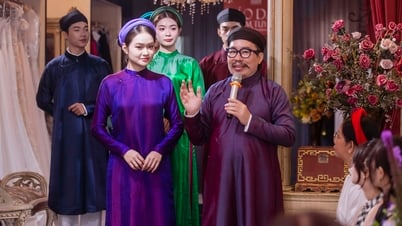








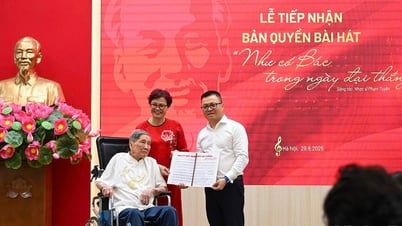






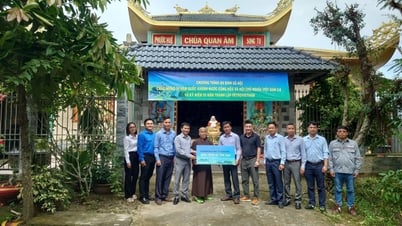



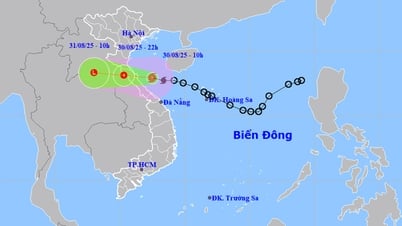


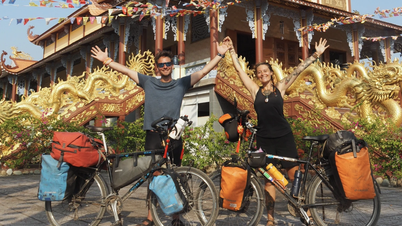
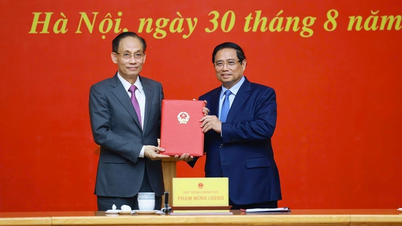
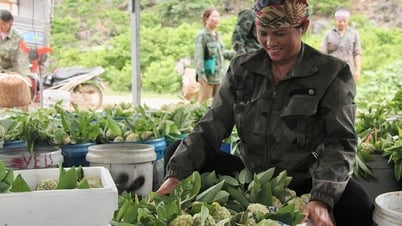



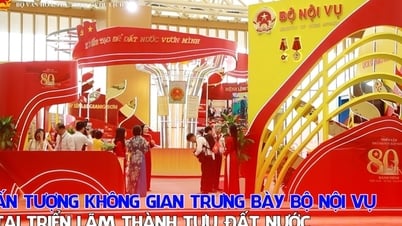


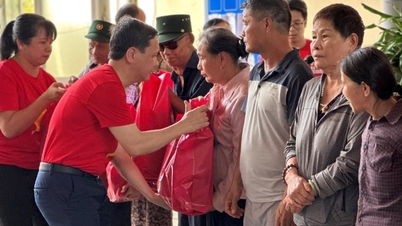

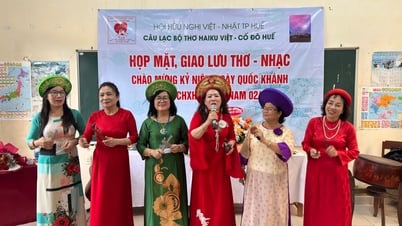

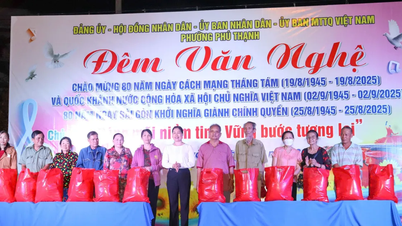



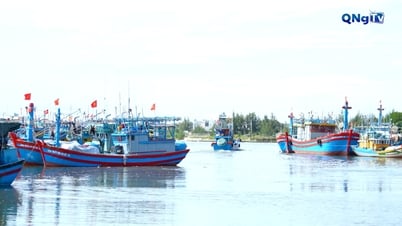


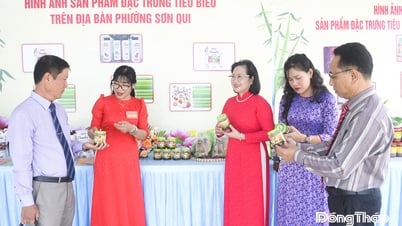


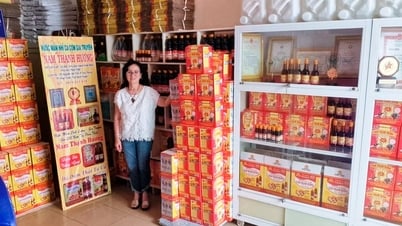










Comment (0)